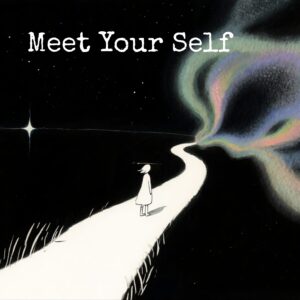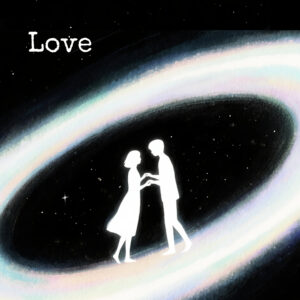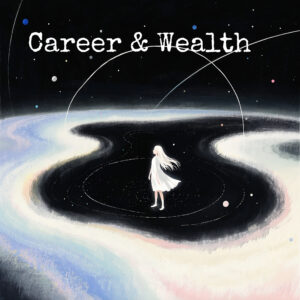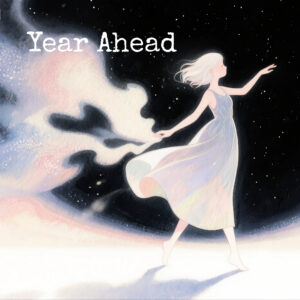Einführung
Astrologie ist kein einheitliches Glaubenssystem – sie ist ein 5000 Jahre alter Dialog zwischen Himmel und Menschheit.
Von den Priestern Babylons, die den Himmel nach Vorzeichen absuchten, über die Philosophen Alexandrias, die nach kosmischer Harmonie strebten, bis hin zu modernen Astrologen, die die Psyche erforschen, hat die Astrologie immer eine Frage gestellt:
Inwiefern spiegelt die Bewegung der Himmelskörper die Bewegung der Seele wider?
Die Geschichte der Astrologie: Eine 5000-jährige Comeback-Tour
Teil 1: Die ursprünglichen Himmels-Nerds (ca. 2000 v. Chr.)
Teil 2: Die griechische Umgestaltung (ca. 300 v. Chr.)
Teil 3: Die Wissenschaftler und der große Bruch (ca. 800 – 1600 n. Chr.)
Teil 4: Das Gerichtsdrama, das alles veränderte (1917)
Abschluss
Die Geschichte der Astrologie ist nicht nur die Geschichte der Sterne – sie ist die Geschichte der menschlichen Vorstellungskraft.
Von Tempeln bis zu Teleskopen, von Tontafeln bis zu Computerdiagrammen – die Astrologie hat sich mit unserem Sinn für Bedeutung weiterentwickelt.
Einst ein göttlicher Kodex, nun ein psychologischer Spiegel, stellt er weiterhin die Frage:
Wie finden wir Ordnung und Sinn im Himmel über uns und in unserer Seele?
Die Astrologie hat Bestand, weil sie sich mit uns verändert –
Eine Brücke zwischen Vernunft und Staunen, Struktur und Geheimnis, Zeit und Ewigkeit.
Schlüsselfiguren in der Geschichte der Astrologie
| Epoche / Kultureller Kontext | Figur | Zeitraum | Wichtigste Beiträge |
| Das alte Mesopotamien (ca. 2000–500 v. Chr.) | Babylonische Priester-Astronomen | — | Aufzeichnung von Planetenbewegungen und Himmelszeichen (Enuma Anu Enlil); Entwicklung der Omenastrologie, die den göttlichen Willen mit weltlichen Ereignissen verknüpfte – das erste Konzept von „wie oben, so unten“. |
| Ägyptische und persische Traditionen | — | — | Ägypten steuerte die Sonnenmystik und das Dekansystem bei; Persien führte zyklische Zeit- und Schicksalskonzepte ein, die beide die spätere hellenistische Astrologie prägten. |
| Hellenistische Periode (2. Jh. v. Chr. – 2. Jh. n. Chr.) | Vettius Valens | ca. 120–175 n. Chr. | Autor der Anthologie; betonte Schicksal, planetarische Freuden und erfahrungsorientierte Astrologie. |
| Dorotheus von Sidon | 1. Jh. n. Chr. | Kodifizierte Vorhersagetechniken in Versform; Grundlage der mittelalterlichen arabischen Astrologie. | |
| Claudius Ptolemäus | ca. 100–170 n. Chr. | Tetrabiblos systematisierte die Astrologie wissenschaftlich; erklärte den Einfluss der Planeten durch natürliche Ursachen; etablierte ein System der zentralen Würde. | |
| Firmicus Maternus | ca. 300–360 n. Chr. | Synthetisierte griechische und römische Traditionen; betonte die spirituellen und fatalistischen Dimensionen der Astrologie. | |
| Arabisches Goldenes Zeitalter (8.–13. Jh.) | Al-Kindi (Ya'qub ibn Ishaq al-Kindi) | ca. 801–873 n. Chr. | Er verband die aristotelische Philosophie mit der Astrologie und erörterte den natürlichen Mechanismus des himmlischen Einflusses. |
| Mashallah ibn Athari | ca. 740–815 n. Chr. | Pionier der Stundenastrologie; erstellte das Gründungshoroskop von Bagdad. | |
| Abu Ma'shar (Albumasar) | ca. 787–886 n. Chr. | Ein äußerst einflussreicher Theoretiker der Planetenzyklen und Weltzeitalter; seine Werke prägten das mittelalterliche Europa. | |
| Al-Biruni | ca. 973–1050 n. Chr. | Gelehrter der Astronomie und Geographie; legte Wert auf empirische Beobachtung und mathematische Präzision. | |
| Mittelalterliches Europa (12.–15. Jh.) | Thomas von Aquin | 1225–1274 n. Chr. | Ein Theologe, der die Astrologie mit dem freien Willen in Einklang brachte: „Die Sterne neigen, sie zwingen nicht.“ |
| Renaissance (15.–16. Jh.) | Marsilio Ficino | 1433–1499 n. Chr. | Neuplatonischer Philosoph; verband Astrologie mit hermetischem und medizinischem Gedankengut; betrachtete den Astrologen als einen „Priester des Kosmos“. |
| Tycho Brahe | 1546–1601 n. Chr. | Die Kombination aus präziser astronomischer Beobachtung und astrologischer Interpretation. | |
| Johannes Kepler | 1571–1630 n. Chr. | Reformierte Aspekttheorie; erklärte die Planetenharmonie durch Geometrie und musikalische Proportionen. | |
| Galileo Galilei | 1564–1642 n. Chr. | Er praktizierte bereits früh in seiner Karriere Astrologie; sie symbolisierte die spätere Trennung zwischen Astronomie und Astrologie. | |
| Moderne Wiederbelebung (19.–20. Jh.) | Alan Leo | 1860–1917 n. Chr. | Vater der modernen Astrologie; legte Wert auf Charakteranalyse und spirituelle Entwicklung; maßgeblicher theosophischer Einfluss. |
| Carl Gustav Jung | 1875–1961 n. Chr. | Führte Synchronizität und Archetypen ein; definierte Astrologie als symbolische Psychologie neu. | |
| Dane Rudhyar | 1895–1985 n. Chr. | Begründer der humanistischen Astrologie; sah das Horoskop als Mandala der Selbstverwirklichung (Die Astrologie der Persönlichkeit). | |
| Liz Greene | 1946– | Jungianischer Astrologe; erforschte die planetarische „Schatten“-Dynamik (Saturn: Ein neuer Blick auf einen alten Teufel). | |
| Howard Sasportas | 1948–1992 | Mitbegründer des Zentrums für Psychologische Astrologie zusammen mit Greene; Schwerpunkt auf Häusern und Wachstum. | |
| Zeitgenössische Integration (20.–21. Jh.) | Jeffrey Wolf Green | 1946–2016 | Begründer der evolutionären Astrologie; interpretierte Horoskope als Landkarten der Seelenentwicklung. |
| Richard Tarnas | 1950– | Philosoph und Autor von Kosmos und Psyche; entwickelte eine archetypische Astrologie, die planetarische Zyklen mit der Kulturgeschichte verknüpft. |



